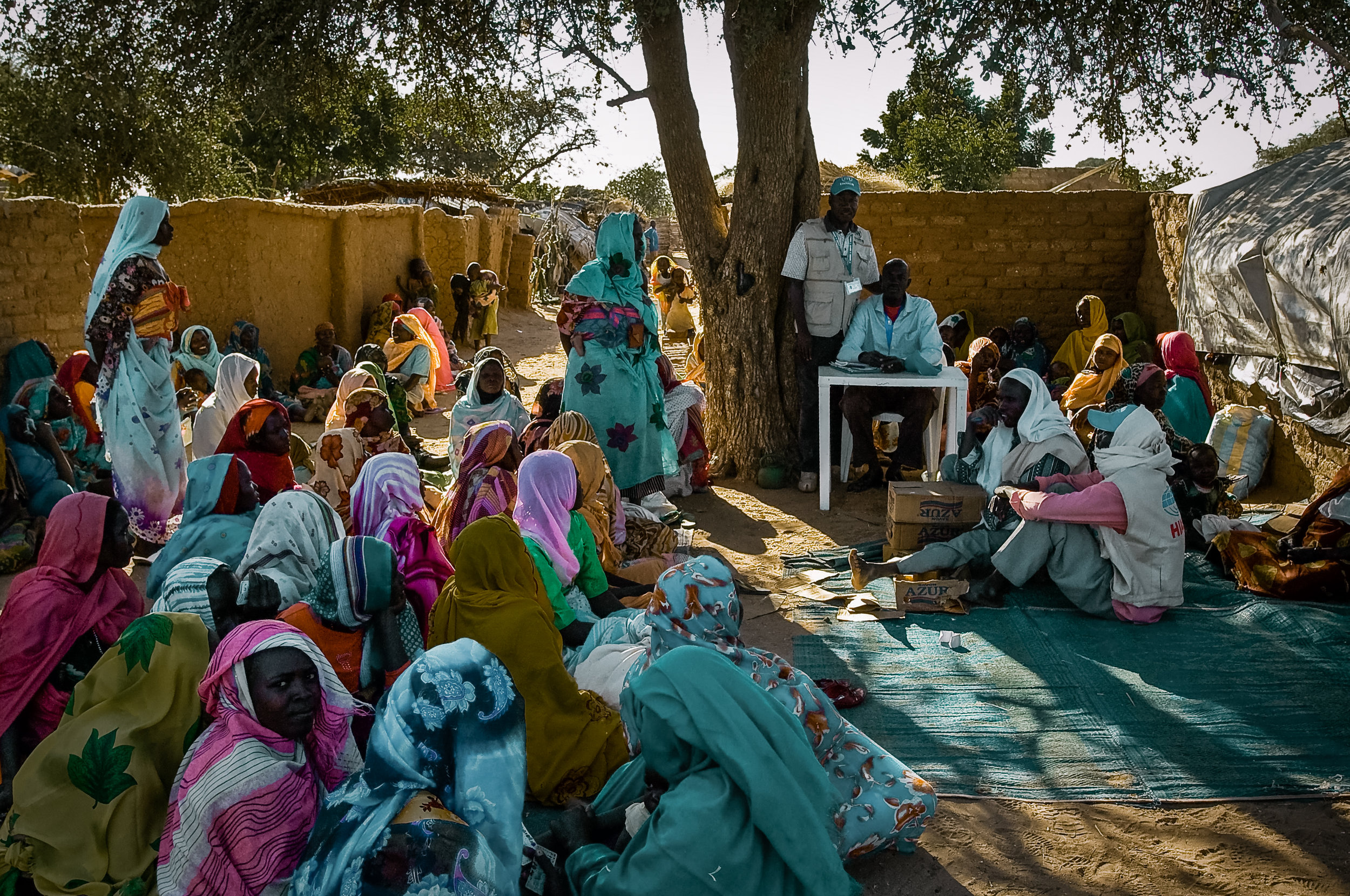Been there, done that: is there space for new community engagement approaches in humanitarian action?
Earlier this year Eclipse partnered with Save the Children to develop the User-centred Community Engagement methodology (UCCE) to inform the rapid design of child-friendly sanitation facilities in refugee camps in Bangladesh and Iraq. Now, to bring the methodology and its supporting digital components to scale, we’re working to understand how it can be valuable for informing programme design across different humanitarian sectors beyond WASH.
Our background research shows that participatory approaches are more prevalent in some humanitarian sectors than others. For example, community-based protection programming is a well-established area of humanitarian practice. Some humanitarian organisations also have experience applying human-centred approaches to build operational support systems and to inform their programming, although these attempts largely remain within the innovation domain.
These findings raise interesting questions for our team. Has the need for community engagement been met in the humanitarian sector already? Has user-centred design been “done”? Or, in other words, are we trying to reinvent the wheel with our work on the User-centred Community Engagement methodology?
Perhaps in some departments, in some organisations, or in some individual interventions that is the case. Generally, much has been written about community engagement, participatory approaches, feedback mechanisms, and accountability to affected people in humanitarian operations. There is no shortage of community engagement tools and approaches. Innovation departments in leading humanitarian agencies (UNHCR, UNICEF and WFP to name a few) have made significant effort to introduce human-centred design into humanitarian programming. Local humanitarian actors often find themselves embedded within the crisis-affected communities, developing close, collaborative relationships with them. And there is a growing number of programmes that have used human-centred design as a springboard to improve performance and outcomes, such as the Kuja Kuja project.
But what we don’t see much of in our research is evidence of consistent, meaningful engagement of crisis-affected communities in humanitarian action across the humanitarian system. Empirical evidence of engagement that is not a ‘nice-to-have add-on’ to meet donor reporting requirements nor a ‘one-off effort’ to inform a new humanitarian innovation is sparse. Engagement that positions aid recipients as capable and empowered decision-makers throughout the programme cycle, drawing on their insights, strengths and lived experiences to inform more relevant and more effective humanitarian action is missing at scale.
It seems that there is still much work left to do in this area, and that approaches like the User-centred Community Engagement methodology remain necessary and relevant. But it also suggests that sophisticated community engagement tools and approaches on their own are not enough. The humanitarian system is overstretched, under-resourced and deeply fatigued by fleeting trends that never quite deliver on their promise to “fix” humanitarian aid. Understanding how an approach like User-centred Community Engagement can address some of the common barriers to meaningful community engagement in programme design is one part of the puzzle. Understanding the kinds of systems, processes and skills that humanitarian organisations need to have in place to be prepared to engage crisis-affected communities from the outset of humanitarian programmes design another. More crucially, any efforts to make humanitarian programming more human-centred must start with the recognition that there is always room for improvement.
Mindset reminder:
Community engagement and participatory approaches to programme design are not new in the humanitarian sector but their implementation is neither consistent nor systematic. More work is needed.
Some progress has been made in introducing human-centred approaches to humanitarian action but these efforts are disjointed and largely limited to humanitarian innovation.
A nuanced understanding of barriers to meaningful community engagement (and organisational factors that support or inhibit it) is necessary to make community engagement integral to humanitarian programme design.
Further reading:
Save the Children and Eclipse Experience (2018). User-centred Community Engagement Case Study.
Sandison, Peta (2018). Community Engagement in Sanitation: A landscape review.
ALNAP (2018). State of the Humanitarian System Report. Chapter 7: Accountability and Participation.
Groupe URD (2009). Participation Handbook for Humanitarian Field Workers.
Image:

